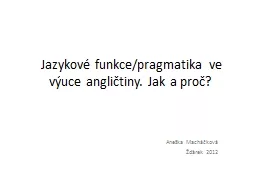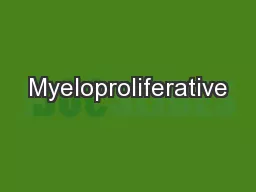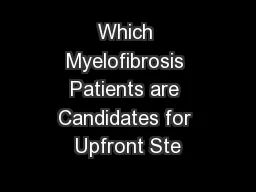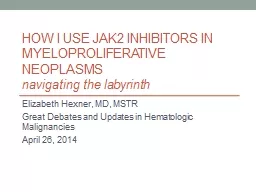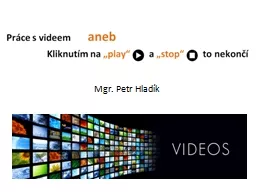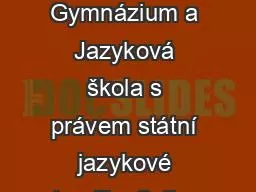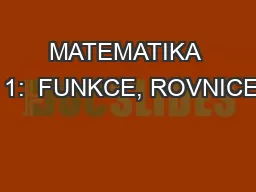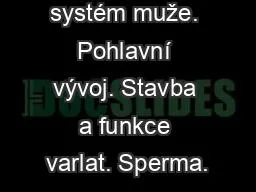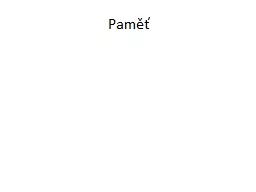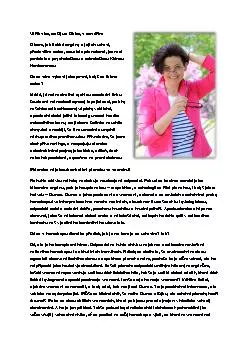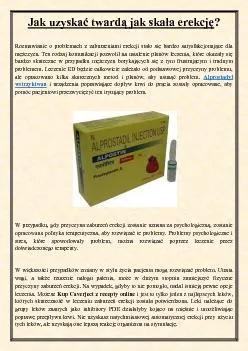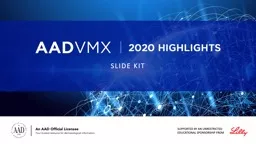PPT-Jazykové funkce/pragmatika ve výuce angličtiny. Jak a p
Author : alexa-scheidler | Published Date : 2016-11-04
Anežka Macháčková Žďárek 2012 jazyková vybavenost nutně nezaručuje bezproblémovou komunikaci mezi mluvčími různých mateřských jazyků Jazyková
Presentation Embed Code
Download Presentation
Download Presentation The PPT/PDF document "Jazykové funkce/pragmatika ve výuce an..." is the property of its rightful owner. Permission is granted to download and print the materials on this website for personal, non-commercial use only, and to display it on your personal computer provided you do not modify the materials and that you retain all copyright notices contained in the materials. By downloading content from our website, you accept the terms of this agreement.
Jazykové funkce/pragmatika ve výuce angličtiny. Jak a p: Transcript
Download Rules Of Document
"Jazykové funkce/pragmatika ve výuce angličtiny. Jak a p"The content belongs to its owner. You may download and print it for personal use, without modification, and keep all copyright notices. By downloading, you agree to these terms.
Related Documents

